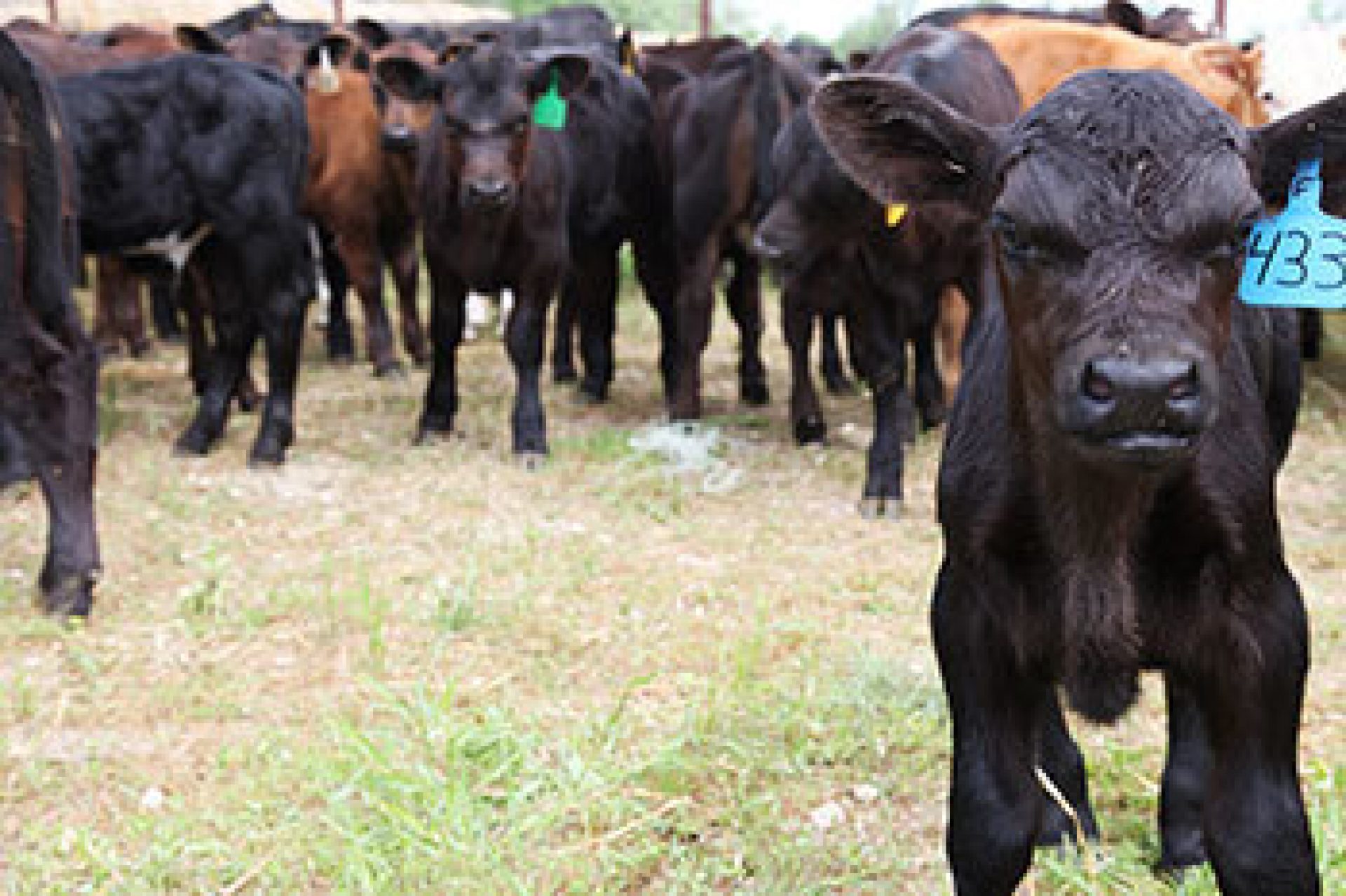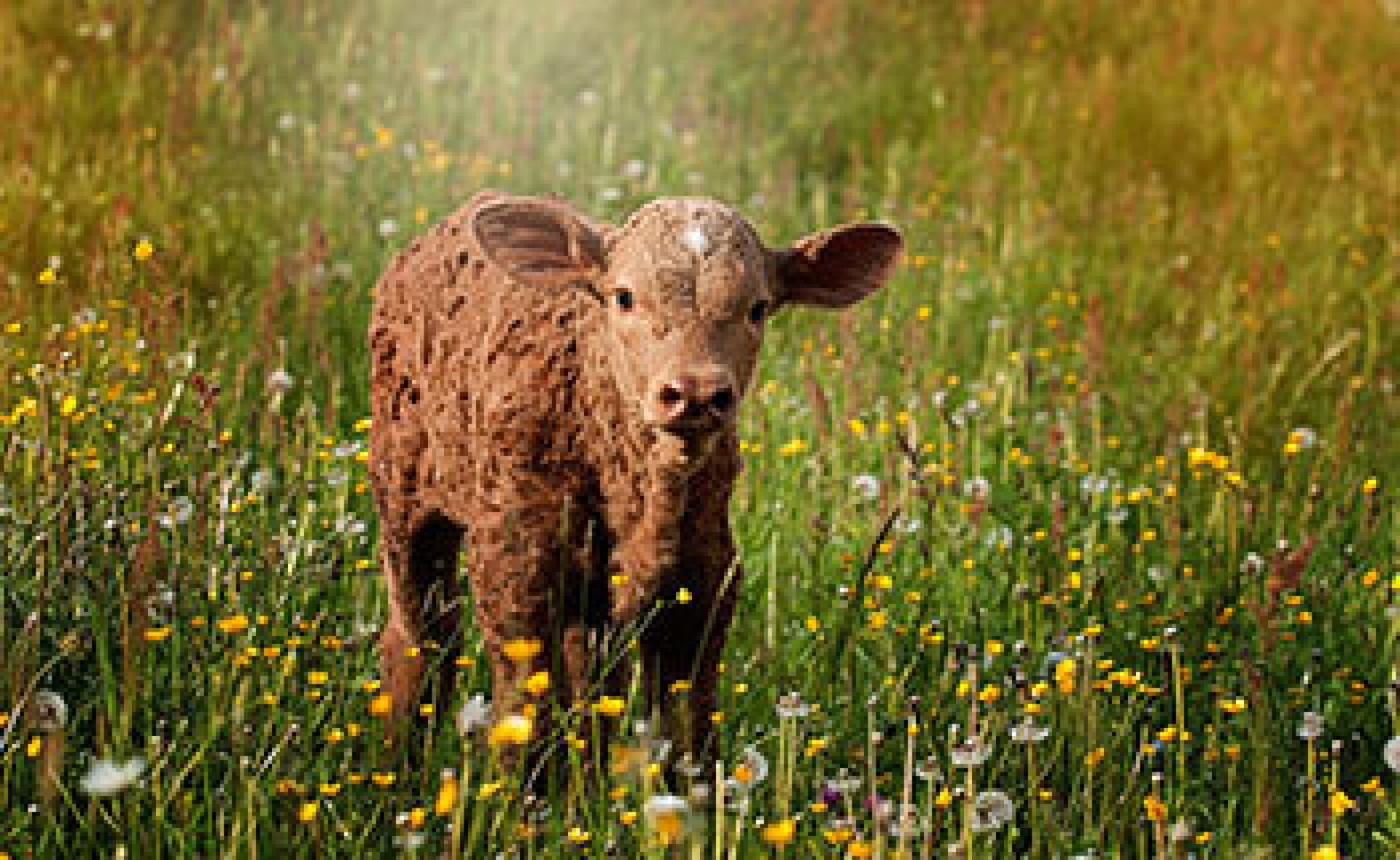Marketing Calves | Learn The Basics

Marketing calves is different from selling calves. Maximizing the economic benefits for the cattle producer by garnering the highest possible price for calves is the focus of marketing. On the other hand, what is best for the buyer defines sales. Cattle producers may find it more beneficial to market calves, although either method is acceptable.
Transitioning from a sales mindset to a marketing standpoint is not that easy. Developing a good marketing strategy requires planning and preparation. Calves may stay on the farm or ranch longer, and you may need to shift methods of raising calves to appeal to buyers in a higher price bracket when marketing.
Steps to transition your cattle operation from selling to marketing calves include:
- Evaluate the cattle operation and assess production costs.
- Analyze the market for areas of opportunity.
- Develop a plan for marketing calves, and make necessary management changes.
- Re-evaluate and adjust the marketing plan as needed for continued success.
Evaluating the cattle operation is the first step in transitioning from calf sales to marketing. Setting prices for calves is dependent on the cost of production. Determining this number is a key factor in marketing your calves. All inputs should be factored into calculations when calculating production cost. These include feed, operational infrastructure, equipment, labor, veterinary care, risk protection insurance, and mineral supplements. Evaluate all expenses that your operation has in order to realistically identify the cost of production.
Analyze the market for areas of opportunity after evaluating your cattle operation. Geographic location and other factors outside the control of producers cause markets to vary. Understanding basic market trends can help shift management of calves for a more profitable market. For example, calves are traditionally sold in the fall months in many geographic locations, decreasing demand and prices. Breeding and management can be altered to raise calves for spring sales. This can lead to higher calf prices. The cost of raising calves through the winter months should be factored in when evaluating the benefits and challenges of this management change.
Consider all marketing options available when analyzing opportunities. Increasing size uniformity of calves can access new markets, or increasing the number of calves being marketed. Partnerships with other cattle producers could be another option for some producers to more effectively market calves.
Developing a plan for marketing calves, and making necessary management changes is the third step in transitioning from sales to marketing. Time needed to make management changes varies depending on the type of change and individual operation. Building realistic time frames into your marketing plan is important. A flexible mindset recognizes that unexpected issues may arise, and will allow you to adapt your marketing plan as needed to maintain the highest possible profitability.
A marketing plan does not have to be a complex document. It serves as a guide to help you and all individuals involved to stay in track when raising calves. Risk protection insurance options should also be considered when developing a marketing plan.
Management changes needed to market calves will vary for each operation. Producers may choose retained ownership, pre-conditioning, or take advantage of spring markets by shifting when cattle are bred and calves are born. Breeding decisions may change to increase the marketability of cattle through different characteristics, including color. A spread of $13.07/Cwt depending on the color of the calves was shown in previous research.
Earning Beef Quality Assurance (BQA) certification is another method for cattle operations to increase marketability of calves. Value-added options are another method used by producers to reach new markets, and may include on-farm sales. Analyzing market opportunities could help determine which management strategies are implemented on your operation.
For a guide on how to get the best ranking on your BQA Certification, read this blog.
Choosing a marketing method is the final step in developing a marketing plan. Options include all types of auctions, sales, private treaty, retained ownership, and branded beef operations. Individual producers must analyze the advantages and disadvantages of each option.
Re-evaluate your marketing plan regularly for continued success, it is a working document. Evaluation for what worked and what can be improved should be completed after calves are sold. Actions and deadlines for completing each action item should be included in the marketing plan. Expert advice can also be used in re-evaluating marketing plans. Self-evaluations tend to focus on the negative aspects, and not properly weigh successes. New technologies and markets should also be considered as an option to improve calf marketing.
Templates and industry specific resources are available for developing a marketing plan. Local Cooperative Extension agents can help develop or review a calf-marketing plan. Evaluation and planning for calf marketing can increase the economic viability and sustainability of your calf operation, and are time well spent.
How to improve calf health from birth to weaning
References
3 Tips for Marketing Calves This Fall
Marketing Strategies for Cow-Calf Producers
Profit Tip: Marketing Plans for your Cattle Operation
Profitable Cattle Marketing for the Cow-Calf Producer





Comments
Join the Discussion
Comments